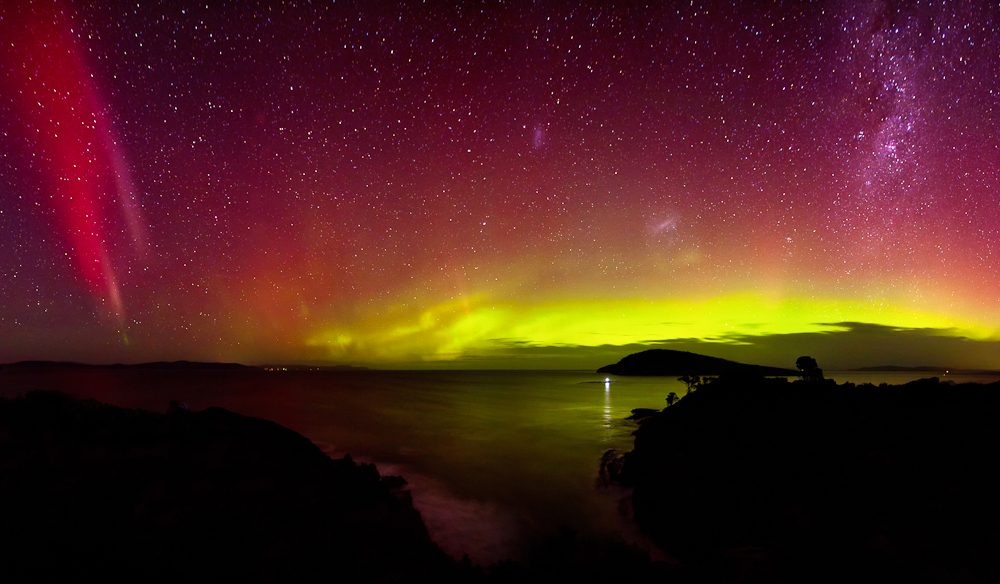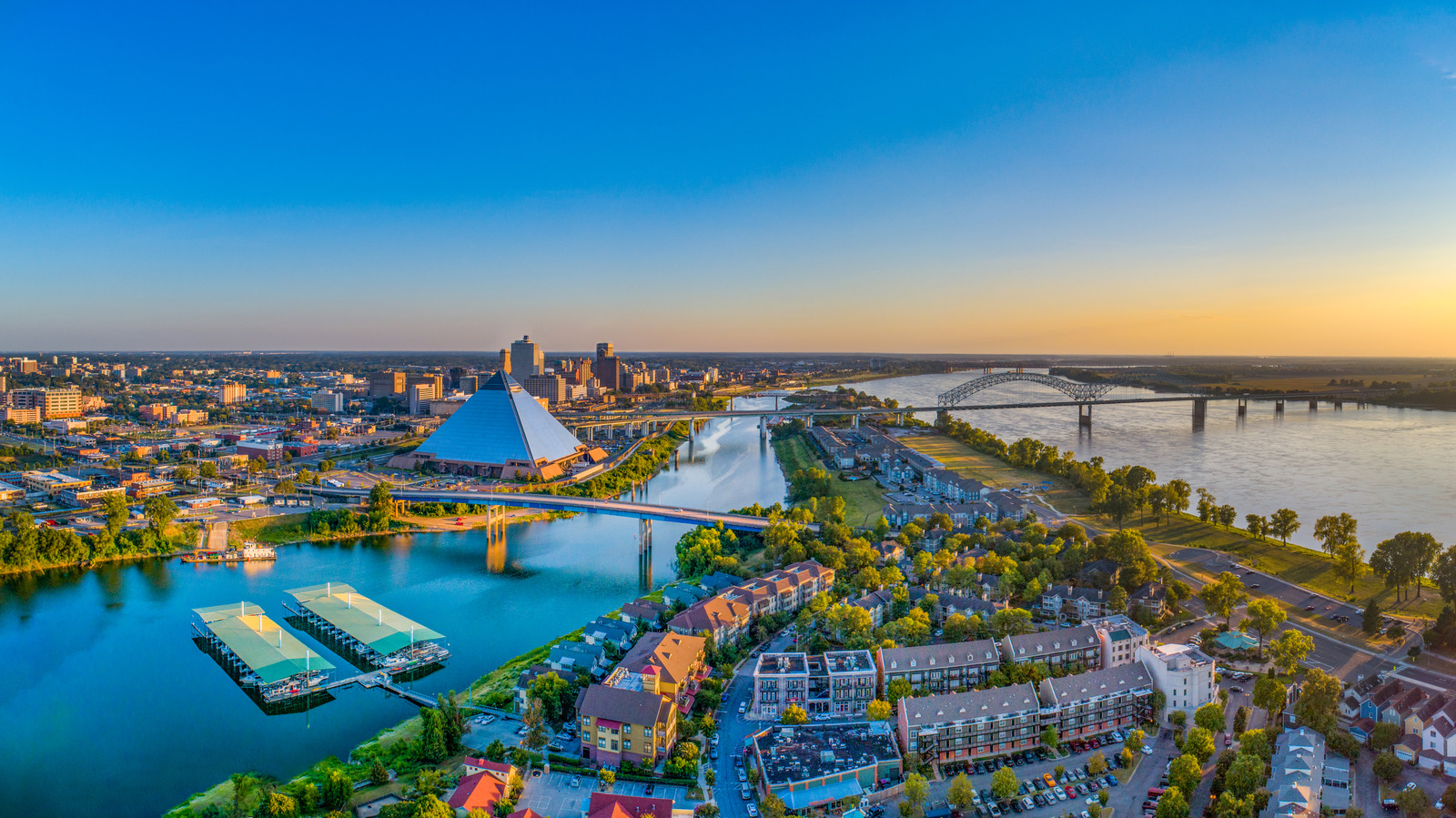Polar Bear Conservation - A Critical Call to Action

Polar bears, the magnificent symbols of the Arctic wilderness, are in dire need of conservation efforts due to the devastating impacts of climate change. This blog article aims to shed light on the plight of polar bears, the threats they face, and the urgency of implementing comprehensive conservation measures to safeguard their future.
The Noble Polar Bear
Polar bears (Ursus maritimus) are apex predators that play a crucial role in maintaining the balance of Arctic ecosystems. They are highly specialized for life on the sea ice, which serves as their primary hunting ground. With their distinct white fur, massive bodies, and sharp claws, polar bears are perfectly adapted to their icy habitat.
Threats to Polar Bear Survival
Climate Change: The Devastating Impact
Climate change poses the most significant threat to polar bear survival. Rising temperatures are accelerating the melting of Arctic sea ice, reducing the available habitat for these ice-dependent predators. Without adequate sea ice, polar bears struggle to find food and establish breeding grounds, leading to population declines.
Habitat Loss: Disruption of Vital Hunting Grounds
The loss of sea ice due to climate change results in habitat fragmentation, separating polar bears from their prey. As hunting becomes increasingly difficult, polar bears face starvation and reduced reproductive success.
Pollution: A Toxic Threat
Persistent organic pollutants (POPs) have accumulated in the Arctic ecosystem, contaminating the food chain and affecting polar bears' health. These toxins can impair their immune systems, reproductive capabilities, and overall well-being.
Urgent Conservation Measures
International Cooperation: A Global Effort
Addressing the conservation needs of polar bears requires a collaborative effort between Arctic nations and international organizations. Agreements such as the Conservation of Arctic Flora and Fauna (CAFF) provide a framework for cooperation and research.
Emissions Reduction: Mitigating Climate Change
The primary goal of conservation efforts is to mitigate climate change by reducing greenhouse gas emissions. This requires transitioning to renewable energy sources, promoting energy efficiency, and implementing carbon capture technologies.
Habitat Protection: Preserving Critical Areas
Protecting essential polar bear habitats, such as sea ice refugia and breeding grounds, is crucial for their survival. Establishing marine protected areas and regulating activities that disrupt sea ice formation can enhance their resilience.
Research and Monitoring: Informing Conservation Strategies
Ongoing research and monitoring programs are essential for understanding the impacts of climate change on polar bear populations and developing effective conservation interventions. Collaborative data-sharing and research initiatives enhance our knowledge and guide informed decision-making.
Education and Outreach: Empowering Global Action
Raising awareness about polar bear conservation and the threats they face is vital for inspiring public support and stakeholder engagement. Educational campaigns, media outreach, and community initiatives can mobilize efforts to protect these iconic animals. The conservation of polar bears is a critical imperative that demands immediate action. By addressing the threats they face, implementing comprehensive conservation measures, and fostering international cooperation, we can help ensure the survival of these majestic creatures for generations to come. Their fate is intertwined with the health of the Arctic ecosystem and the future of our planet. Let us rise to this urgent call and work together to safeguard the Arctic's iconic symbol for centuries to come.


















Comments ()